(June 30, 2022) Shantanu Narayen is one among the celebrated tribe of Indian-origin CEOs shaping the global business world. Under his leadership, Adobe, which is one of the largest software companies of the world achieved record revenue and industry recognition for being an inclusive, innovative, and exceptional workplace. For the sixth year in a row, Adobe has been identified as one of the 25 World’s Best Workplaces. While, Narayen has earned himself the title of ‘Top CEO’ on Glassdoor, which is based on employee feedback. Global Indian turns its spotlight on the pioneer of creativity and digital media who puts a lot of effort on creating leaders.
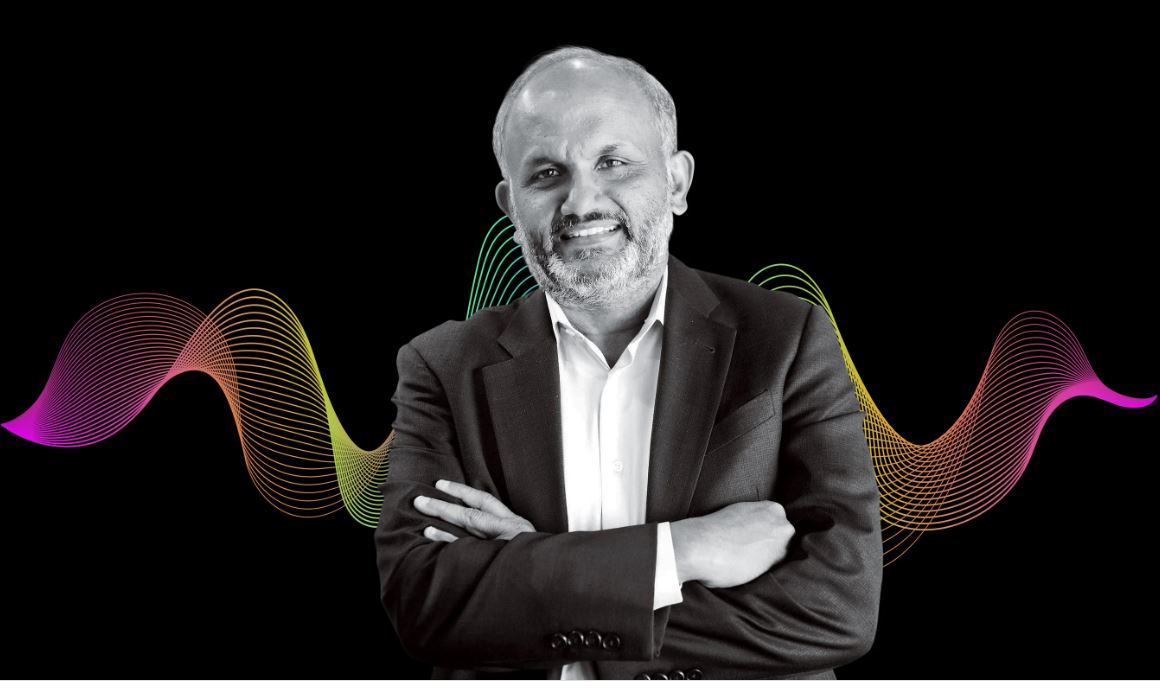
Shantanu Narayen, CEO, Adobe
Narayen wanted to be a journalist but later pursued engineering upon his parent’s advice. He started his career with Measurex Automation Systems, a startup. The Hyderabad-born business executive went on to start his own company, Pictra, an early pioneer of digital photo-sharing on the internet, which he eventually decided to sell off. Incidentally, while trying to sell it off to Adobe, he landed a job at the organisation, becoming its vice-president of worldwide product research in 1998. That’s another story that he did not succeed in making Adobe buy Pictra.
Under his leadership, Adobe now offers nearly 100 creative products, including Photoshop, Illustrator, InDesign, Lightroom, Acrobat and Acrobat Sign. This wide array of tools helps students, business communicators and the world’s largest enterprises to meet their goals.
Narayen has been a smart player landing close to 400 deals for the company. Big media firms like Viacom, and CBS all play their videos with Adobe flash player, thanks to Narayen.
He once remarked at an Adobe summit:
“To win in today’s world every business has to transform itself to become maniacally focussed on the customer experience.” – Shantanu Narayen
Reaching heights
It took him only a decade to rise to the top position of CEO. As chairman and chief executive officer, Narayen has been at the helm of driving the company’s strategy to unleash creativity for all, and power digital business. The software giant, which has always aimed at changing the world through digital experiences, has taken a dramatic turnaround in recent years and has become a global brand with a huge customer base.
Narayen, the recipient of India’s civilian honour Padma Shri (2019), has a special place for India in his heart, “We have got incredible talent in India and they are responsible for major parts of every aspect of our business, including product. Whether it’s Acrobat or creative or digital experience tools, so much of the pioneering engineering work is done in India,” he said in an interview.
The typical journey of unusual success
Born in 1963, Narayen grew up in an affluent, Telugu-speaking family in Hyderabad. His father ran a plastics company, while his mother was a teacher of American literature. He is an alumnus of Hyderabad Public School that boasts of a great repertoire of former students who are top CEOs and business executives like Satya Nadella, CEO of Microsoft, Ajay Singh Banga, CEO of MasterCard, and Kunal Bahl of Snapdeal.
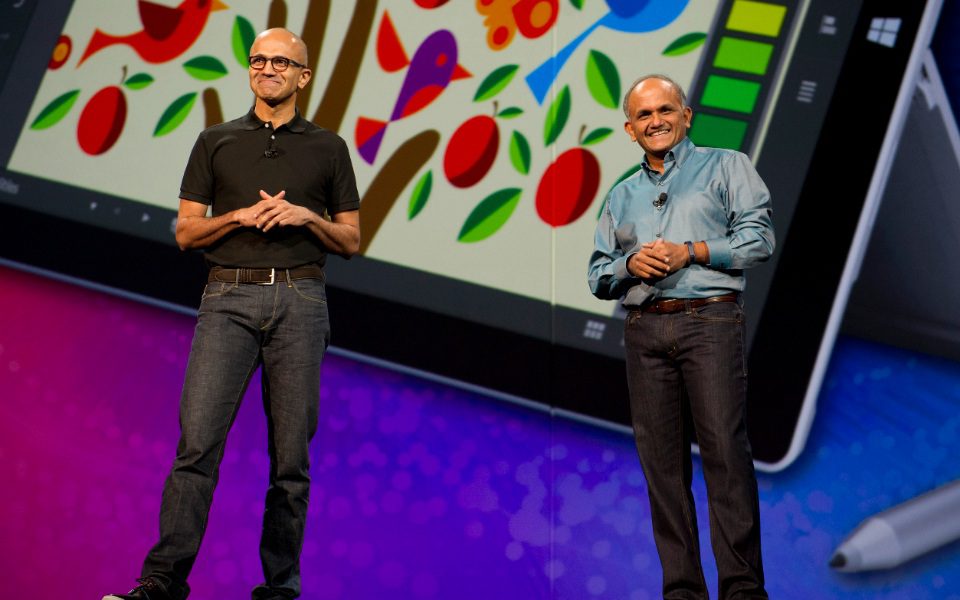
Shantanu Narayen with his schoolmate, Satya Nadella, CEO of Microsoft
He was one of the thousands of young men who headed to the US in the 1980s packing their mom’s homemade snacks and pickles to ward off homesickness. By then, Narayen was armed with a bachelor’s degree in electronics and communication engineering from Osmania University. In the US, he earned a master’s degree in computer science from Bowling Green State University and another master’s degree in business administration from the University of California Berkeley’s Haas School of Business. The Indian-American business executive was honoured with a doctorate degree for applied science by his Alma Mater, Bowling Green State University in 2011.
Not many are aware that Narayen holds five patents. All are focussed on creation and editing of electronic documents on digital processing systems that he invented during his Pictra days. That apart, multifaceted business executive’s golfing IQ is superb. He would have become a professional golfer if he hadn’t been a business executive.
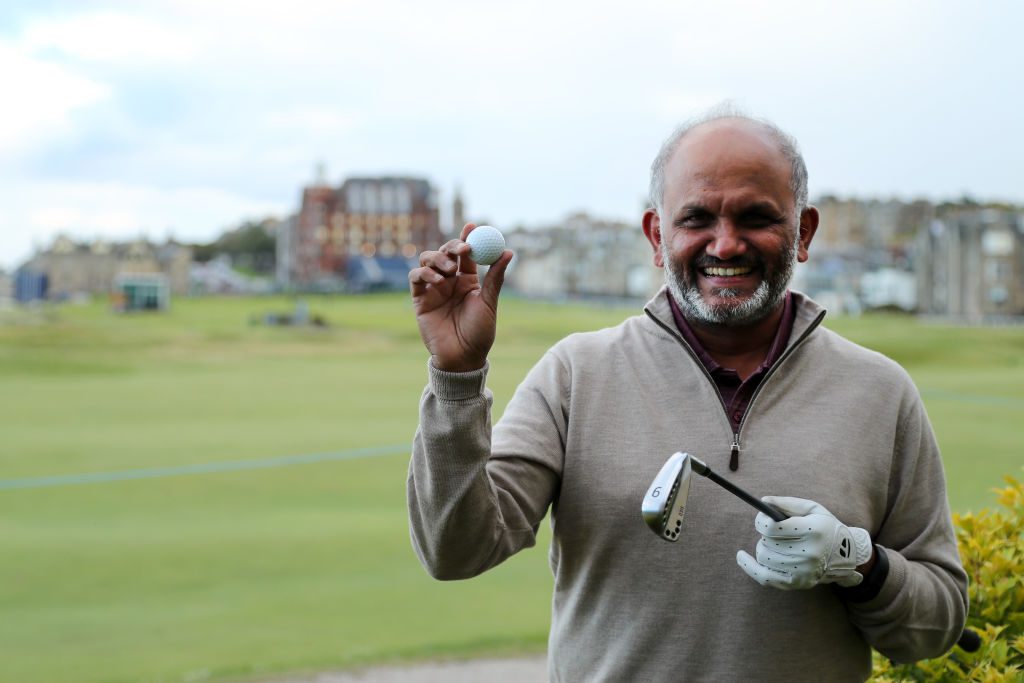
Shantanu Narayen posing with a golf ball
He also loves cricket and sailing, and has even represented India in sailing at an Asian regatta. Along with his cricket-loving schoolmate Satya Nadella, he has invested in Major League Cricket (MLC) to be hosted by the American Cricket Enterprises (ACE). It’s an upcoming professional Twenty20 cricket league in the United States with plans to begin matches in 2023.
Creativity in DNA
With creativity in his DNA, Narayen is shaping the future of storytelling. By transforming how people and brands tell their stories, the suave orator and debater has been connecting content and data with new technologies.
As CEO, Narayen has revamped the company, shifting its creative and digital document software franchises from the desktop to the Cloud. Under his leadership, as of June 2022, Adobe has a market cap of $172.76 billion. Adobe’s business is powered by three cloud-based solutions: Creative Cloud (Adobe XD, Photoshop, InDesign, Illustrator etc.); Document Cloud (Acrobat DC, Adobe Sign and powerful mobile apps) and Experience Cloud that helps organisations design campaigns, advertise and gain deep insight on business performance.
For the Adobe CEO, the company’s most valuable assets are its people.
“Every single engineer at Adobe we’ve invested in is being trained in future technologies like Artificial Intelligence (AI), Machine Learning (ML), and Cloud to help businesses deliver better customer experiences” – Shantanu Narayen
Impressive collaborations
Narayen swears by the importance of communicating well with people – a lesson that he has learned from his experiences as a CEO. “Simply put, good communication is needed to ensure that all the components which make up a corporation will move in the same direction, instead of each component pulling this way and that way.”
Just before starting Pictra in 1996, Narayen enjoyed a stint at Apple in senior management positions between 1989 to 1995. The top CEO takes pride in lessons learned from Gursharan Singh Sandhu of Apple Talk who mentored him during his Apple days and taught him how to challenge others and himself.
In 2011, Barack Obama had appointed him as a member of his Management Advisory Board. Narayen has been the lead independent director on Pfizer’s board of directors, and vice chairman of the US-India Strategic Partnership Forum. The India-bred CEO expects more Indian-origin leaders to helm global corporations.
He has been staying in Palo Alto, California with his wife Reni, whom he met during his college days in the US in the mid-1980s. She holds a doctorate in clinical psychology. They have two sons.


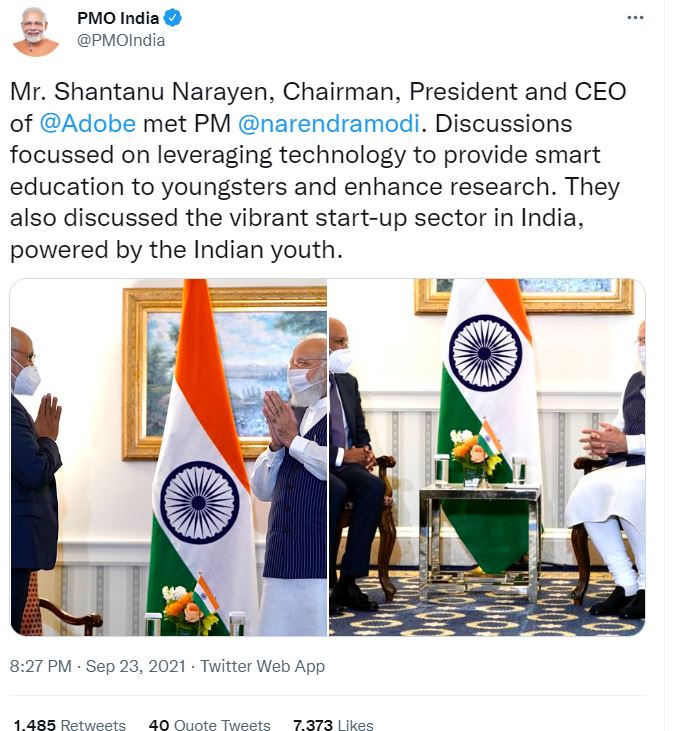
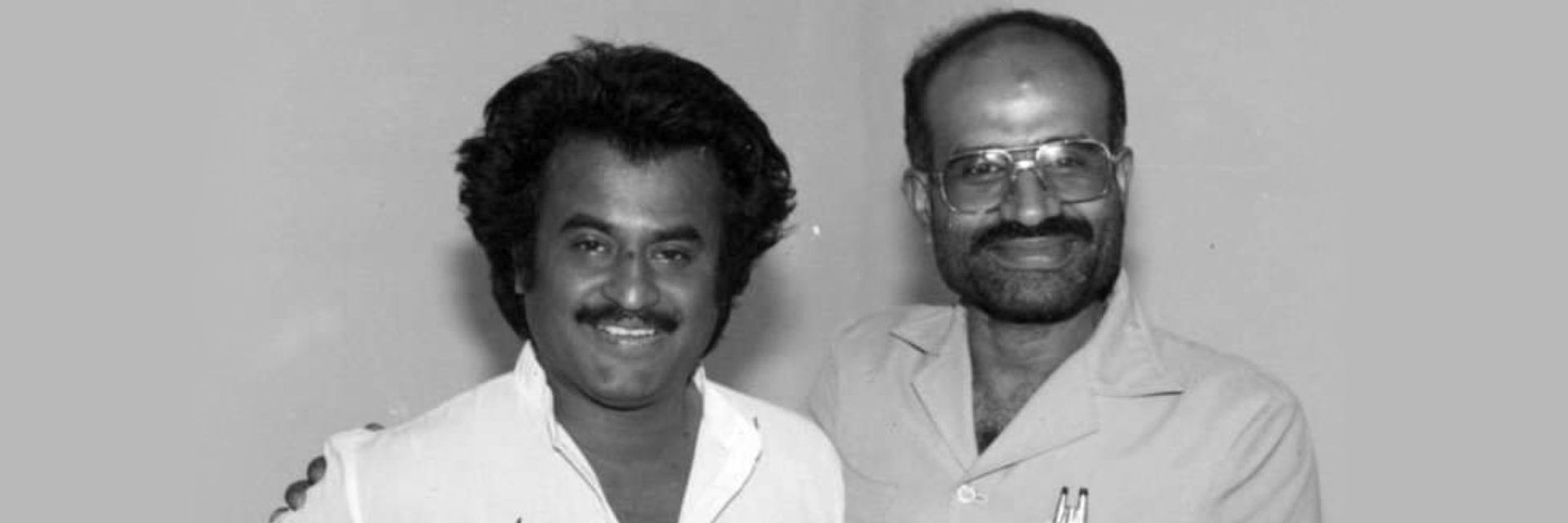
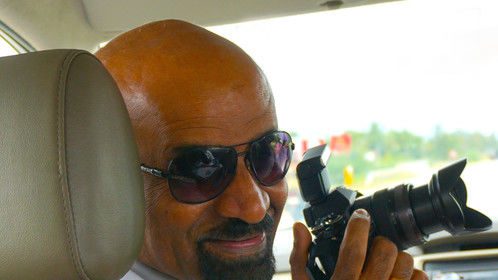
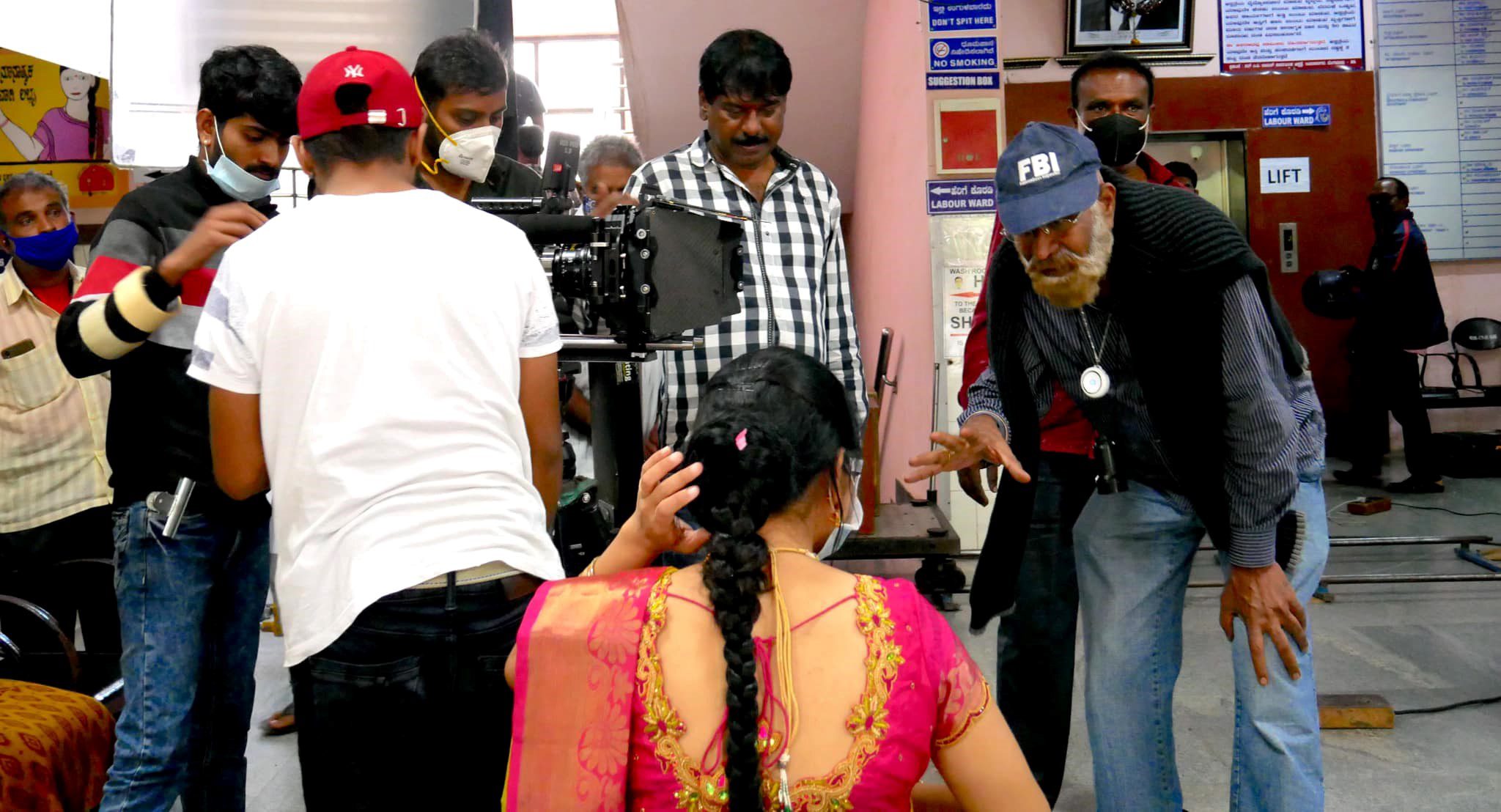
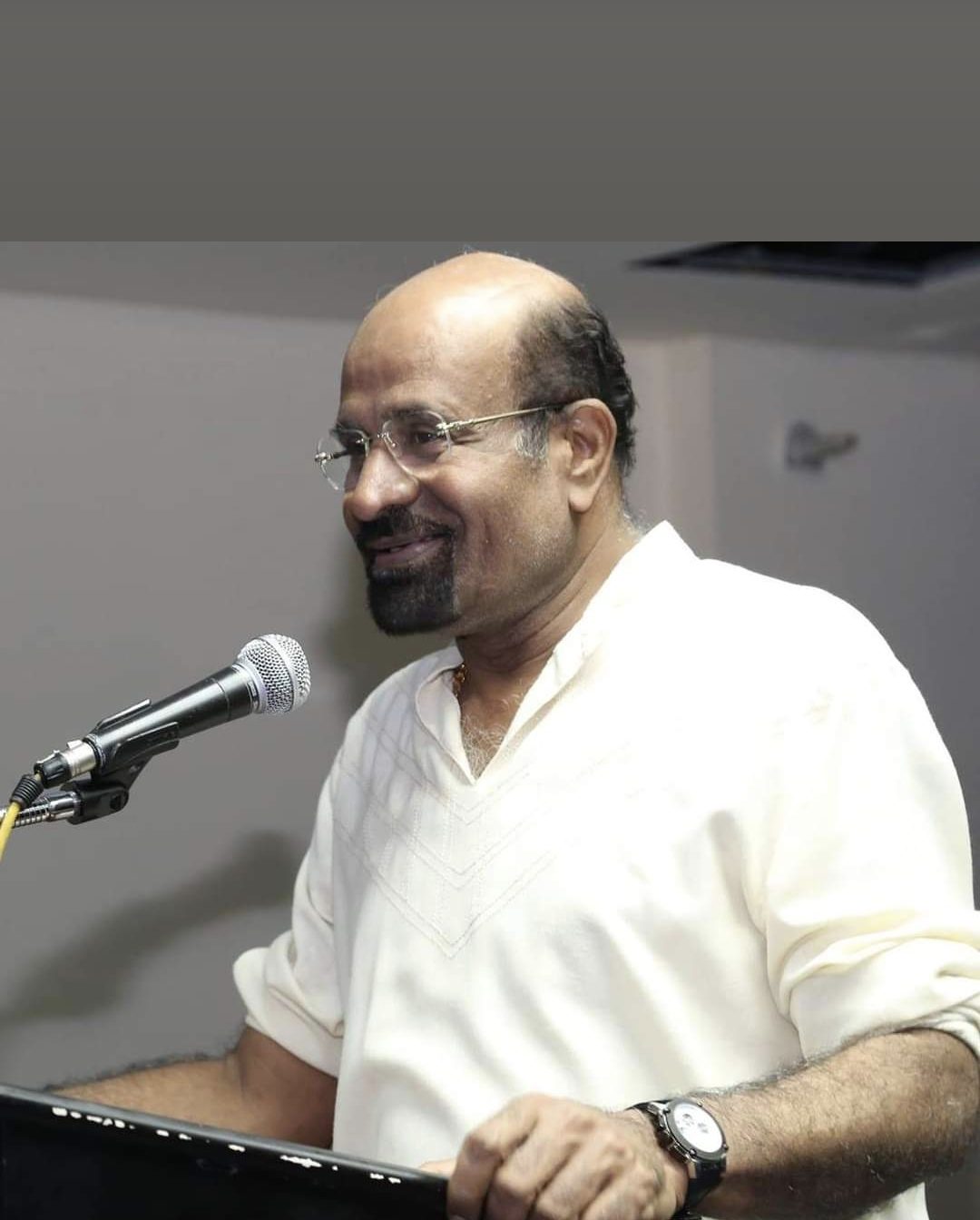
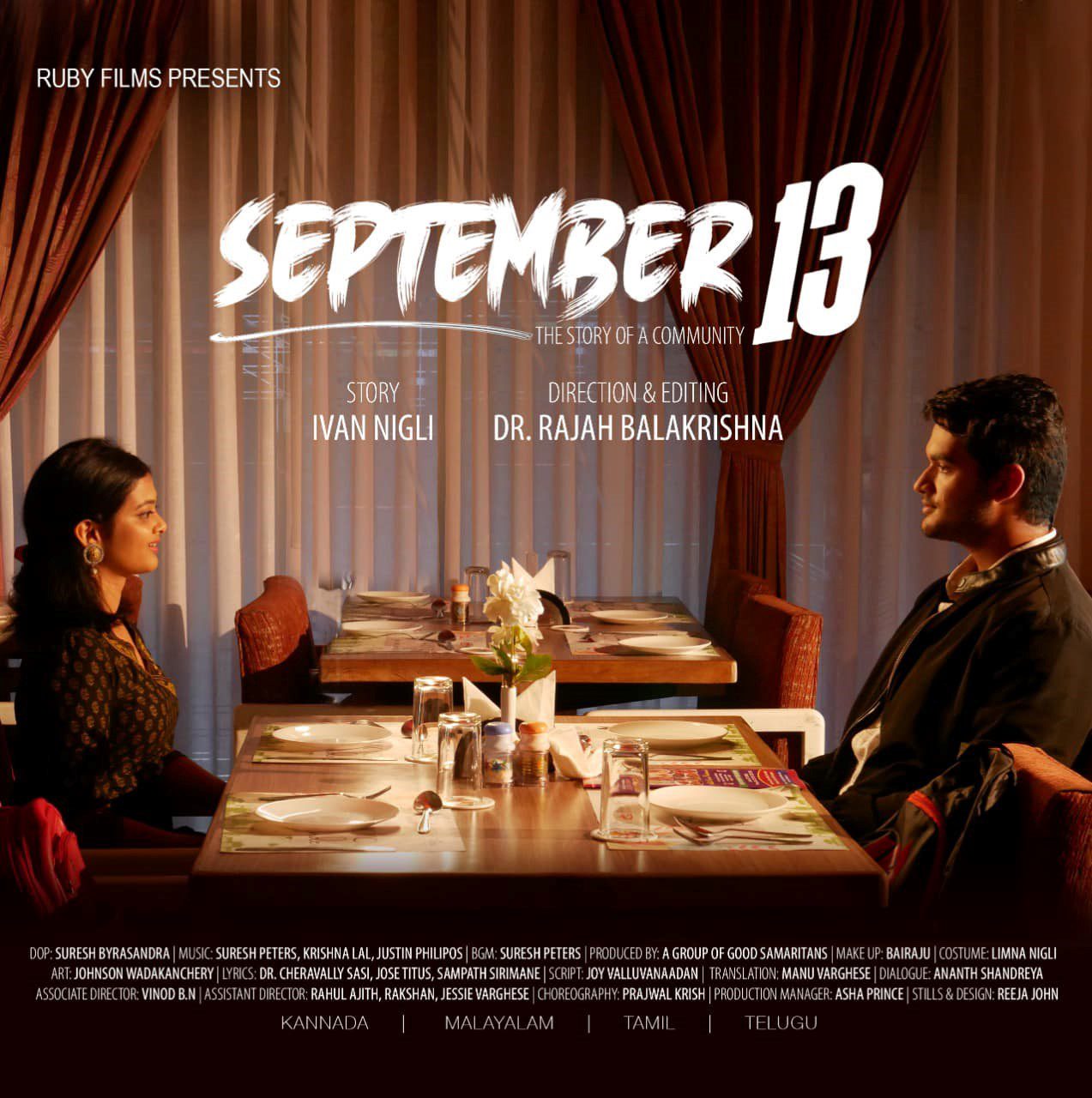
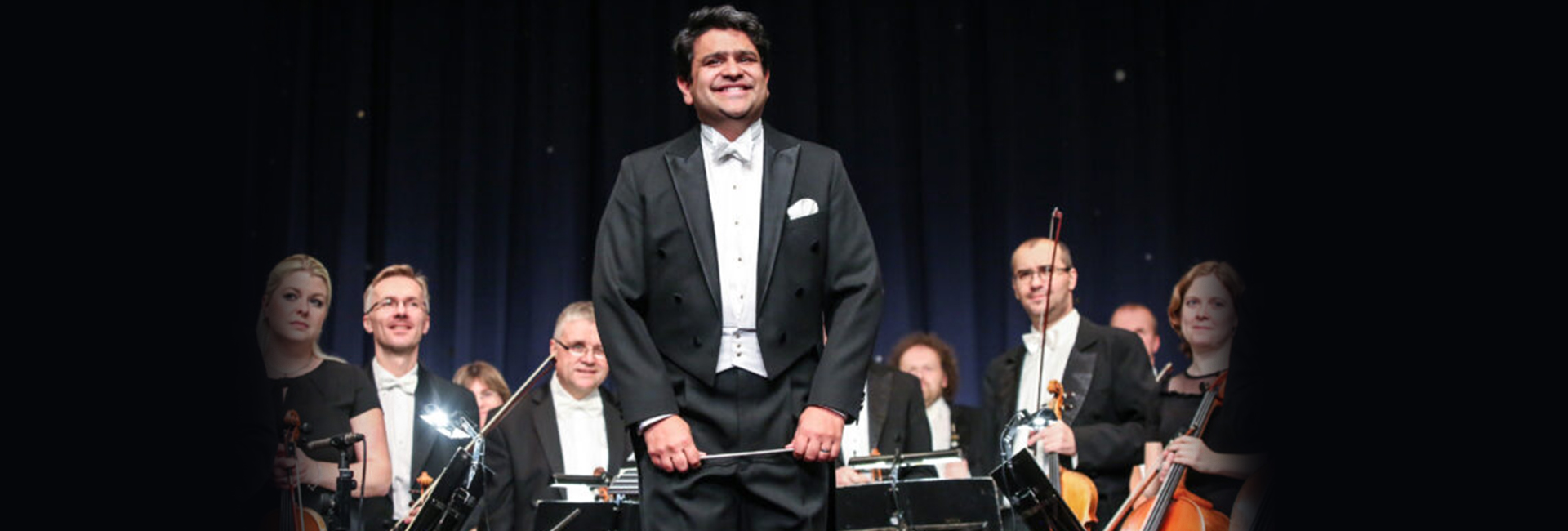
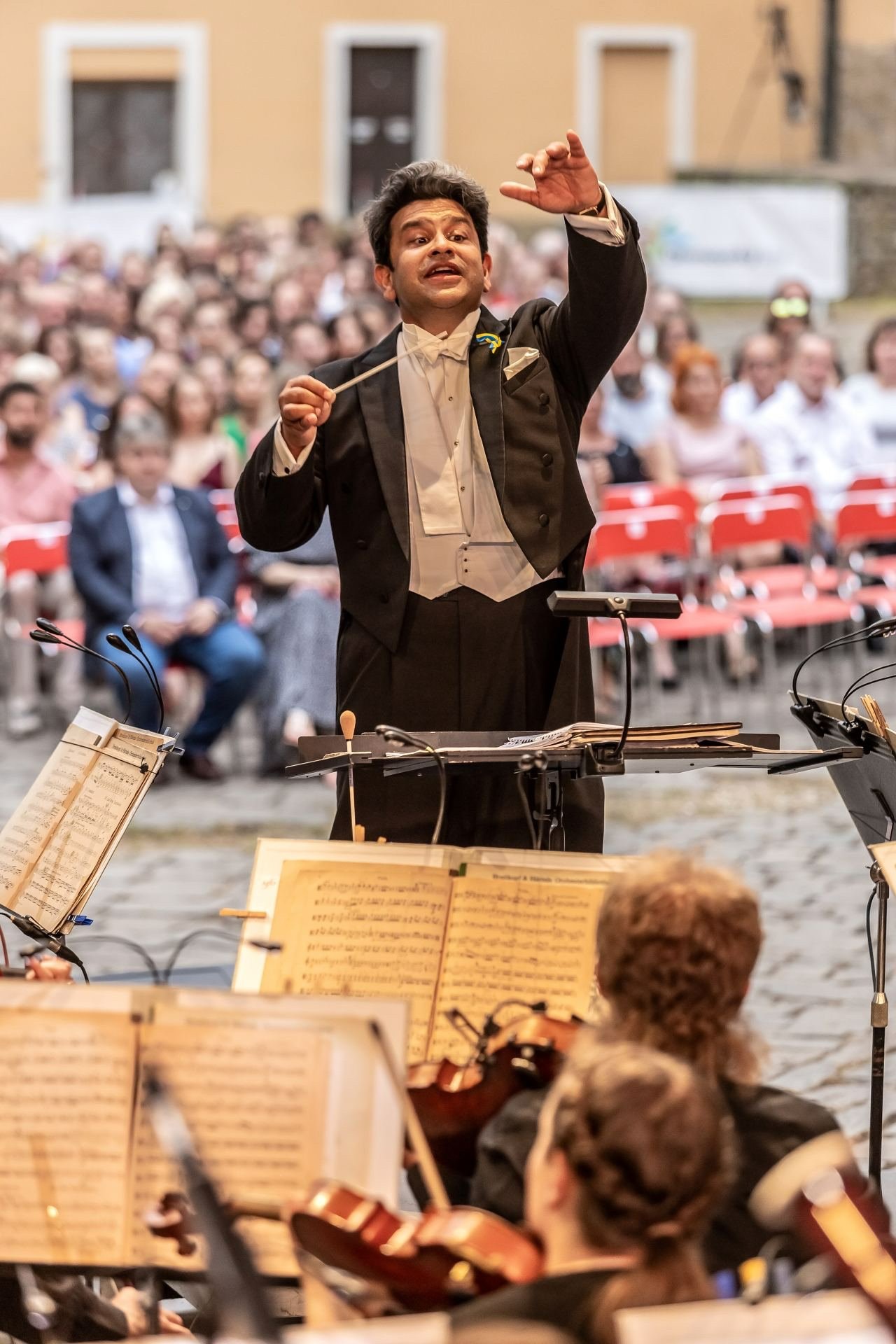
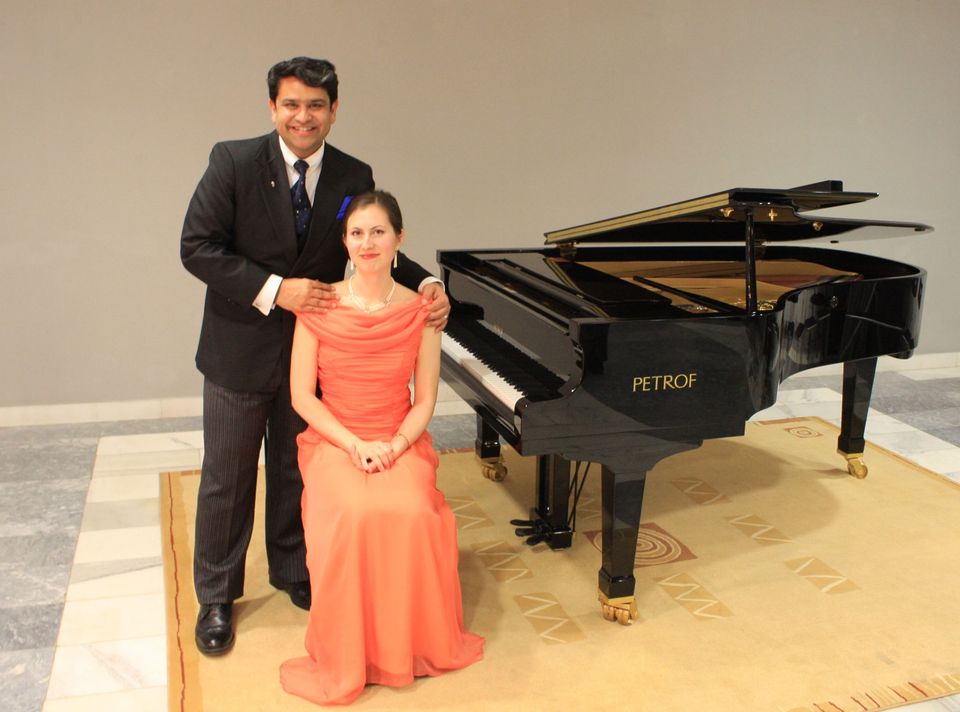 Debashish and Jana Chaudhuri[/caption]
Debashish and Jana Chaudhuri[/caption]
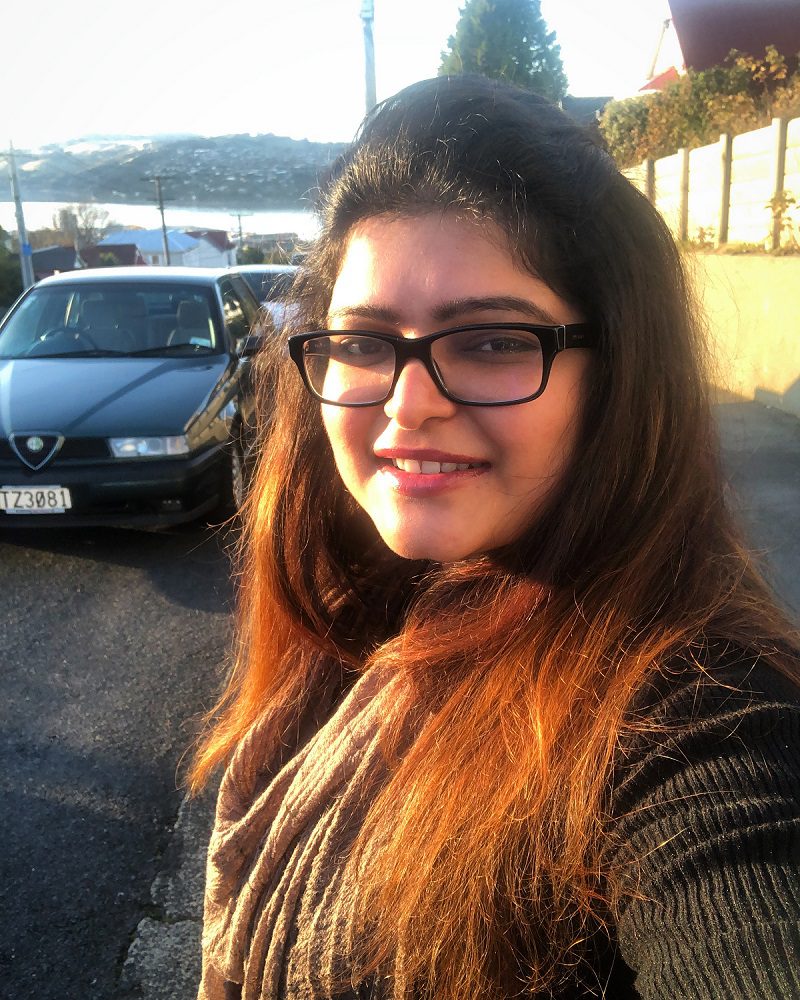 Risha Jasmine Nathan[/caption]
Risha Jasmine Nathan[/caption]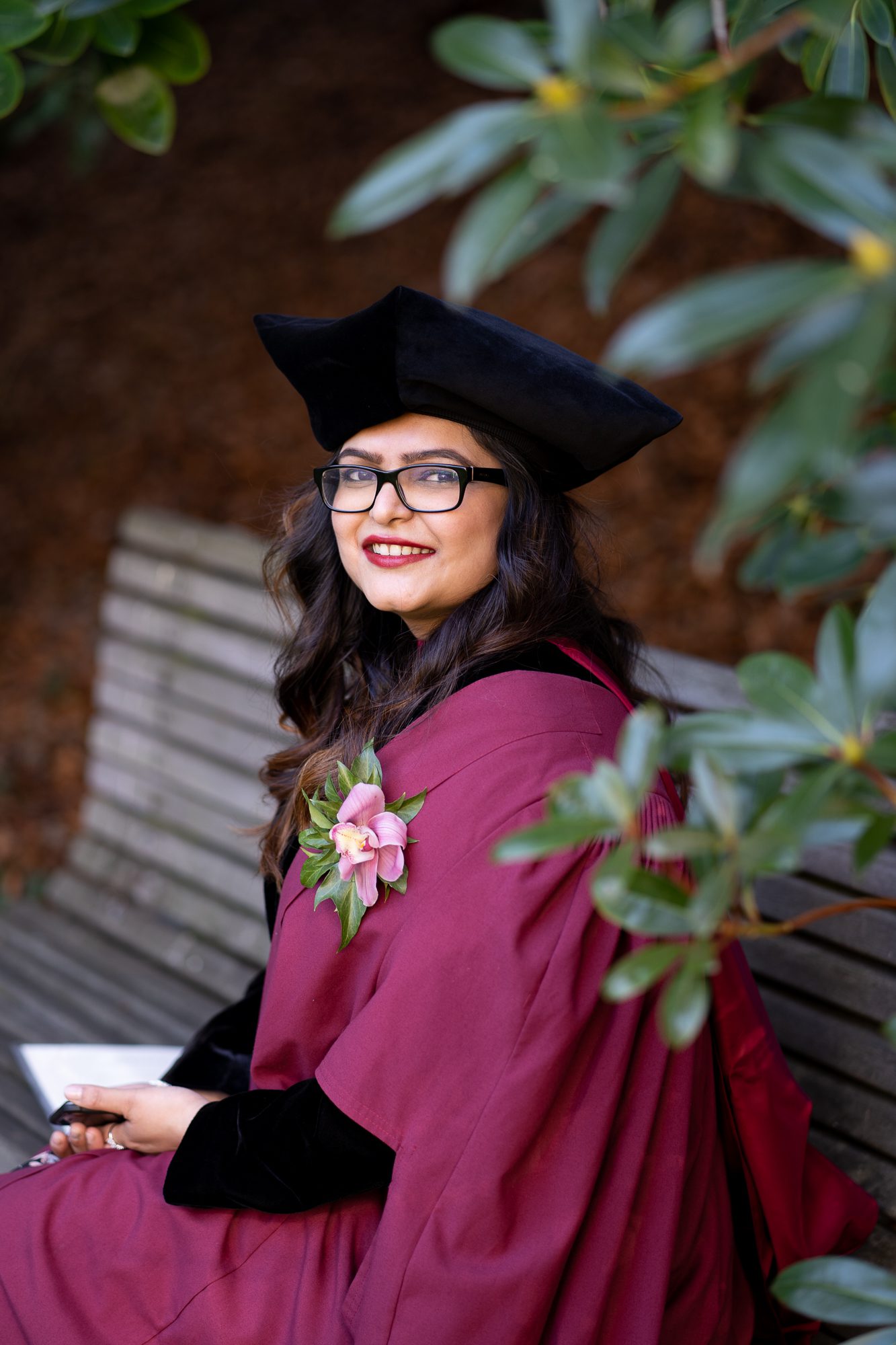
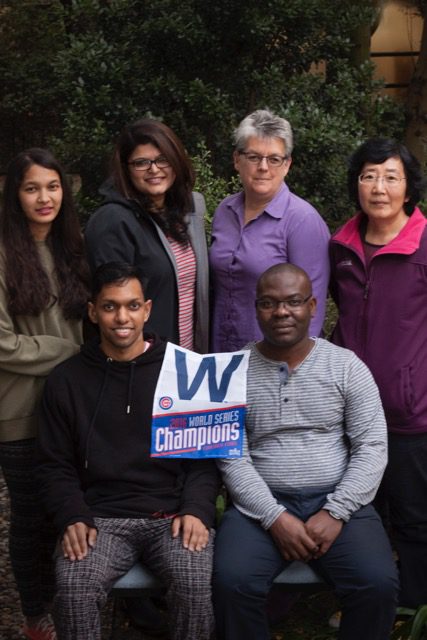
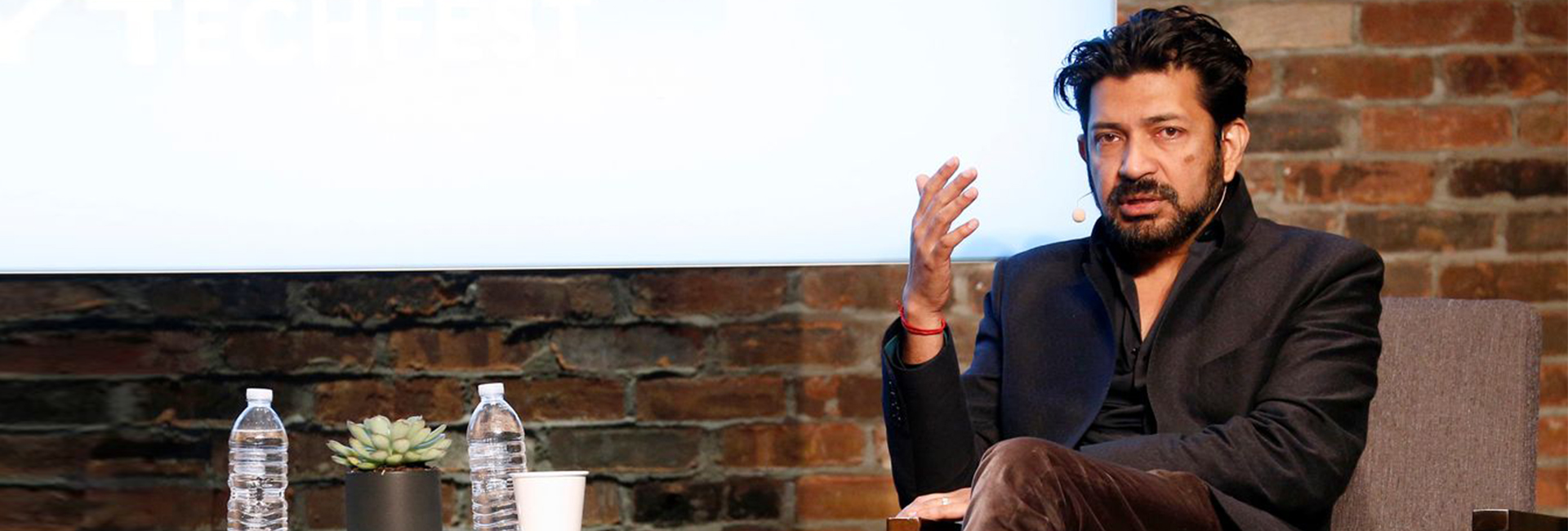
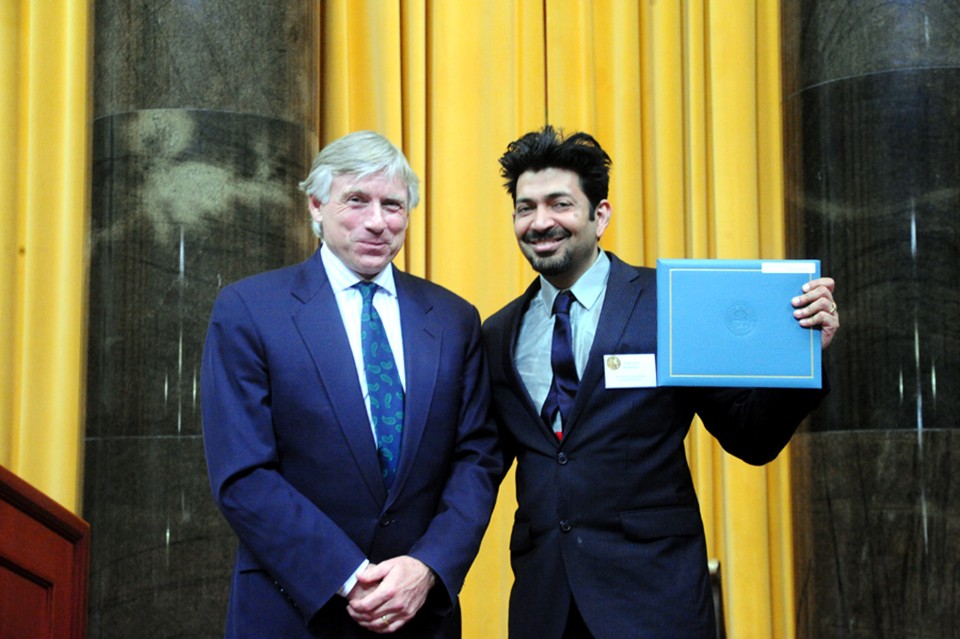 Lee C. Bollinger presenting Pulitzer Prize to Dr. Siddhartha Mukherjee[/caption]
Lee C. Bollinger presenting Pulitzer Prize to Dr. Siddhartha Mukherjee[/caption]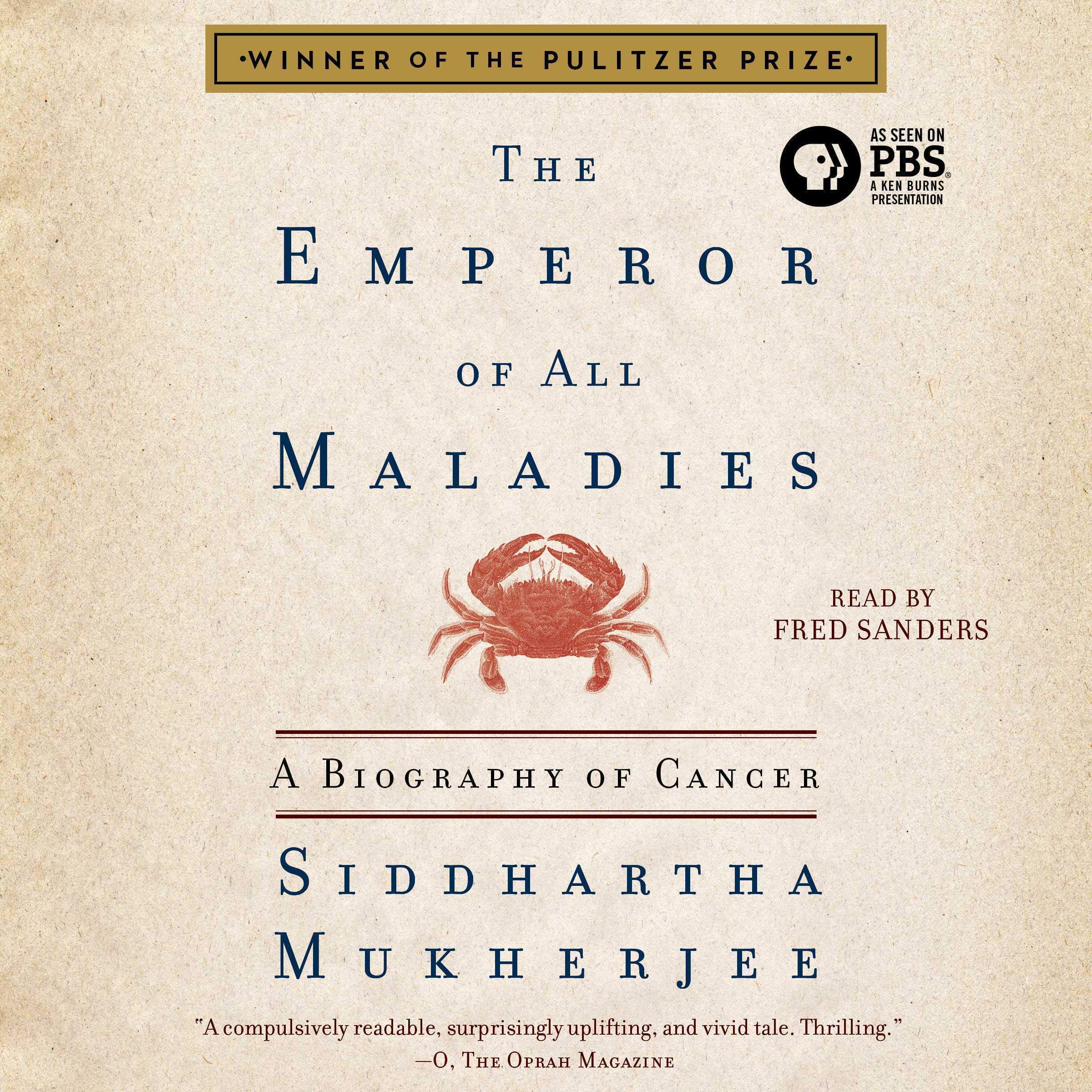
 Dr. Mukherjee with wife, Sarah Sze[/caption]
Dr. Mukherjee with wife, Sarah Sze[/caption]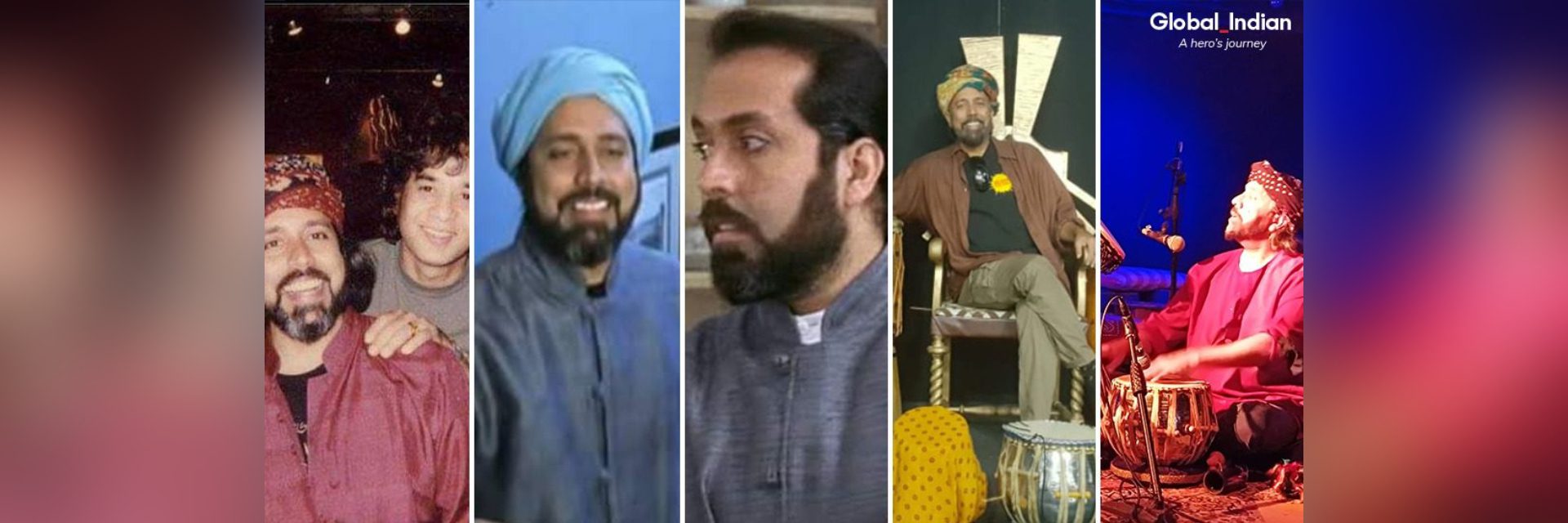
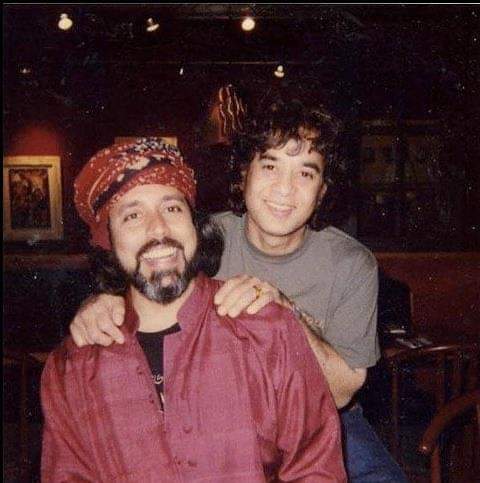 Rashmi Bhatt with Zakir Hussain[/caption]
Rashmi Bhatt with Zakir Hussain[/caption]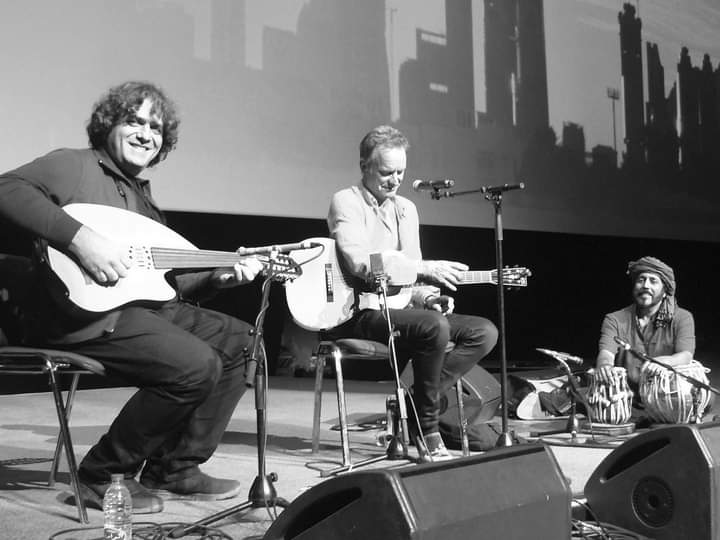 Rashmi Bhatt performing with Sting[/caption]
Rashmi Bhatt performing with Sting[/caption]